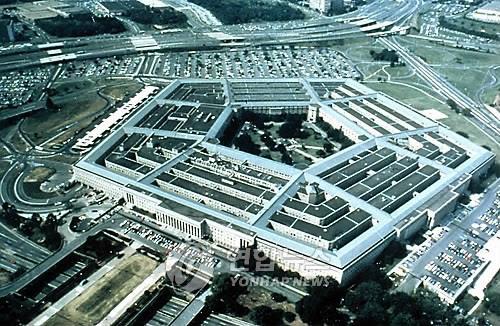- California Assembly OKs highest minimum wage in nation
- S. Korea unveils first graphic cigarette warnings
- US joins with South Korea, Japan in bid to deter North Korea
- LPGA golfer Chun In-gee finally back in action
- S. Korea won’t be top seed in final World Cup qualification round
- US men’s soccer misses 2nd straight Olympics
- US back on track in qualifying with 4-0 win over Guatemala
- High-intensity workout injuries spawn cottage industry
- CDC expands range of Zika mosquitoes into parts of Northeast
- Who knew? ‘The Walking Dead’ is helping families connect
U.S. Defense Department brushes off N. Korea’s threat
WASHINGTON, July 20 (Yonhap) — The U.S. Defense Department on Wednesday brushed off North Korea’s threat that its latest missile launches were part of an exercise to preemptively strike American troops in South Korea, urging Pyongyang to refrain from raising tensions.
The North fired two short-range Scuds and one Rodong missile into the East Sea on Tuesday in the latest in a series of banned ballistic missile launches, a show of force seen as designed to show it can strike the U.S. THAAD missile defense system to be deployed in the South.
On Wednesday, the North claimed that the exercises were carried out “under the simulated conditions of making preemptive strikes at ports and airfields in the operational theater in South Korea, where the U.S. imperialists’ nuclear war hardware is to be hurled.”
“We have heard this rhetoric before,” Cmdr. Gary Ross, a Pentagon spokesman, told Yonhap News Agency. “we call on North Korea to refrain from actions that further raise tensions in the region and focus instead on taking concrete steps toward fulfilling its international commitments.
“We will continue to ensure that our defense posture remains capable of deterring conflict and defending ourselves and our allies,” he said.
The North has conducted a number of missile launches this year, including a series of test-firings of the Musudan intermediate-range ballistic missile. Last month, Pyongyang claimed success in its sixth test of the missile believed to be capable of reaching the U.S. territory of Guam.
Such launches led to a joint decision earlier this month by South Korea and the U.S. to deploy a Terminal High Altitude Area Defense (THAAD) battery in the Asian nation to cope with the ever-growing nuclear and missile threats from North Korea.
Pyongyang protested the decision to deploy THAAD, claiming it’s part of a plot to invade the country and threatening to take “physical” counteractions against it. In an apparent protest against THAAD, the North also test-launched a submarine-launched ballistic missile, just a day after the decision was announced.












